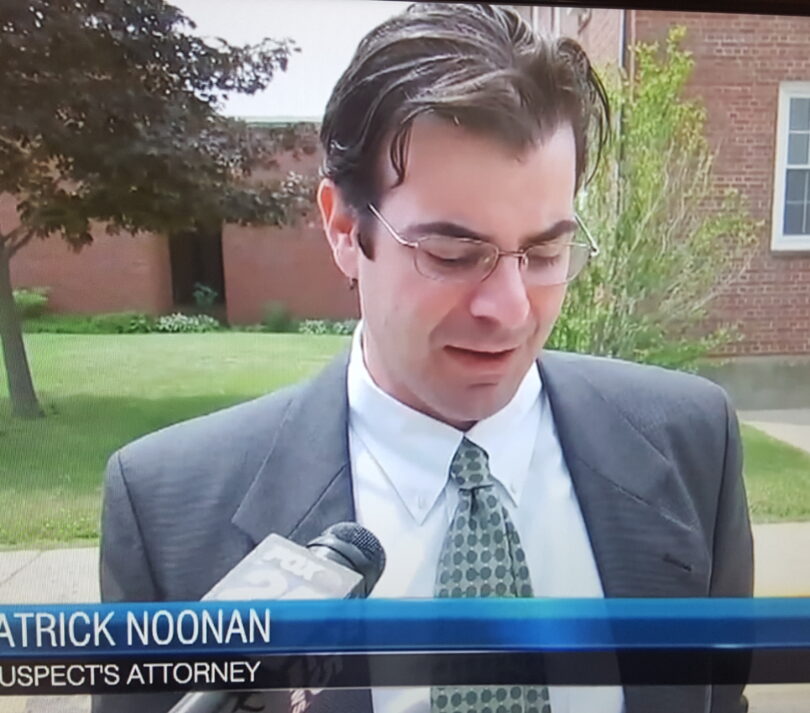Scaffolds are an important part of many jobs but can lead to serious injuries and even fatalities if they are not properly constructed or maintained.
There are a number of ways in which scaffold accidents occur, which is why employers and contractors need to exercise the utmost caution when using these platforms. These are usually complicated accidents and one of the best pieces of advice for individuals who injured in a scaffold accident is to immediately retain the assistance of skilled construction accident lawyer.
Various statistics demonstrate how common the risk of scaffold accidents are. Some of this data includes the following:
- The United States Department of Labor reports that 65% of construction workers perform some type of function on a scaffold each year.
- About 4,500 of these workers will suffer some injury related to scaffolding. 80 workers will be killed by scaffold accidents.
- The Occupational Safety and Health Administration reports that the most common accidents involving scaffolding are falling debris colliding with workers, the platform giving way, or workers slipping on the surface.
- There are many types of scaffolds which are used at work sites, but some of the most common include the following: Pole Scaffolds, Rolling Scaffolds, Tubular Steel Scaffolding and Wood scaffolding.
Erecting, Dismantling and Inspecting Scaffolding
Erecting and Dismantling—When erecting and dismantling supported scaffolds, a competent person must determine the feasibility of providing a safe means of access and fall protection. 1926.451(e)(9) & (g)(2)
Inspections—Before each work shift and after any occurrence that could affect the structural integrity, a competent person must inspect the scaffold and scaffold components for visible defects. 1926.451(f)(3)
Scaffolding Fall Protection
1910.28(a)(1) This section requires employers to provide protection for each employee exposed to fall and falling object hazards.
Employers must add fall protection to the job-site in the form of guardrails, harnesses or other fall arrest systems if employees are working more than 10 feet off the ground or 10 feet above a lower level. The worker needs his or her own personal fall system and guardrails if the scaffolding is one that is adjustable and suspended. 1926.451(g)(1)
Guardrail height—any scaffold that was made and first used after January 1, 2000 must have a top guardrail with a height between 38 inches and 45 inches. Any scaffold that was made and first used before January 1, 2000 must have a top guardrail with a height between 36 inches and 45 inches. 1926.451(g)(4)(ii)
Common Causes of Scaffold Accidents
- Equipment that falls from scaffolds and hits other workers.
- Improperly locked scaffolds.
- Ladders that are not adequately secured.
- Loose guard rails.
- Scaffolds that cannot support the weight placed on the platform.
- Scaffolds without firm footing.
- Workers that attempt to move scaffolds while still on the equipment.
Employers, contractors and construction companies should take the following precautions to avoid scaffold accidents:
- All scaffolds should be routinely inspected to make sure that the equipment of safe
Materials should never be stacked on a scaffold - Barriers should block the scaffold from potential collisions with trucks and other vehicles.
- Scaffolds should be frequently cleared of debris which can fall and injure workers or pedestrians below
- Walking surfaces of the scaffold should be clear of conditions that can result in workers slipping
- Warnings about the scaffold should be easy to read and conveniently located
Employees that are injured on the job are entitled to workers’ compensation benefits under Massachusetts law. Almost every employer is required by law to carry worker compensation insurance in order protect against workplace accidents. The Massachusetts workers compensation law was designed to make sure that any worker who is unable to work for 5 or more days is eligible to receive necessary medical treatment and weekly compensation.
Call Today: (508) 588-0422
Our Boston workers’ compensation attorneys are able to secure the following benefits for injured workers and their families when workers sustain injuries for accidents that occur within the scope of the workers employment: Partial disability benefits, temporary total disability benefits, permanent and total disability benefits, death benefits, scarring and disfigurement benefits.
Workplace scaffold accidents can result in serious injuries and death. For individuals who are harmed by scaffold accidents, it is wise idea to retain the assistance of the skilled Boston Work Injury Lawyer. Do not hesitate to contact the Brockton Workers Compensation Attorneys at The Law Offices of Gerald J. Noonan today. Our group of Massachusetts Work Accident Attorneys with over 35 years of legal experience. Our legal counsel has helped individuals who have been injured in a number of work site accidents.
Representing the residents of Plymouth County including Brockton, Plymouth, Bridgewater, Marshfield, Hingham, Duxbury, Wareham, Abington, Rockland, Whitman, Hanson, Middleborough; Norfolk County including Quincy, Stoughton, Dedham, Weymouth, Braintree, Avon, Holbrook, Randolph, Canton, Sharon, Brookline, Franklin; Bristol County including New Bedford, Fall River, Taunton, Attleboro, Mansfield, Easton, Raynham, Norton; Cape Cod, Falmouth, Barnstable and the Greater Boston area including Cambridge, Lynn, Revere, Everett, Lawrence, Dorchester, Roxbury and Somerville.




